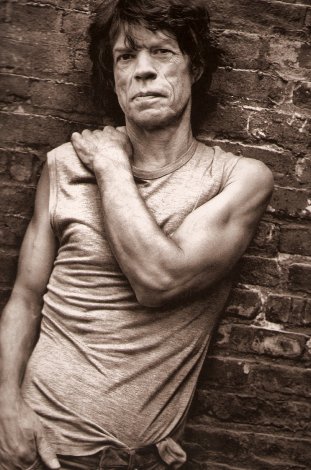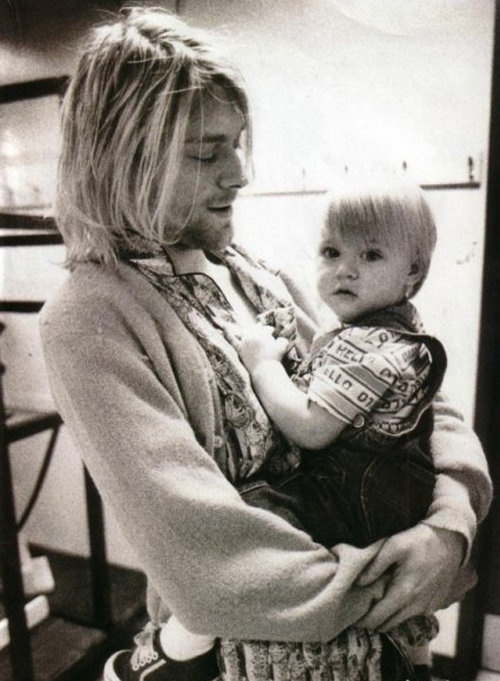 The gatepost to Strawberry Field, which is now a popular tourist attraction in Liverpool
The gatepost to Strawberry Field, which is now a popular tourist attraction in Liverpool
Strawberry Fields Forever was written by John Lennon and credited to the Lennon–McCartney songwriting partnership. It was inspired by Lennon’s memories of playing in the garden of Strawberry Field, a Salvation Army children’s home near where he grew up in Liverpool.
The song was the first track recorded during the sessions for The Beatles‘ Sgt. Pepper’s Lonely Hearts Club Band (1967), and was intended for inclusion on the album. Instead, with the group under record-company pressure to release a single, it was issued in February 1967 as a double A-side with Penny Lane.
John Lennon’s Strawberry Fields Forever and Paul McCartney‘s Penny Lane shared the theme of nostalgia for their early years in Liverpool. Although both referred to actual locations, the two songs also had strong surrealistic and psychedelic overtones. Producer George Martin said that when he first heard Strawberry Fields Forever, he thought it conjured up a “hazy, impressionistic dreamworld”.
Lennon began writing the song in Almería, Spain, during the filming of Richard Lester‘s How I Won the War in September–October 1966. The earliest demo of the song, recorded in Almería, had no refrain and only one verse: “There’s no one on my wavelength / I mean, it’s either too high or too low / That is you can’t you know tune in but it’s all right / I mean it’s not too bad”. He revised the words to this verse to make them more obscure, then wrote the melody and part of the lyrics to the refrain (which then functioned as a bridge and did not yet include a reference to Strawberry Fields). He then added another verse and the mention of Strawberry Fields. The first verse on the released version was the last to be written, close to the time of the song’s recording. For the refrain, Lennon was again inspired by his childhood memories: the words “nothing to get hung about” were inspired by Aunt Mimi’s strict order not to play in the grounds of Strawberry Field, to which Lennon replied, “They can’t hang you for it.” The first verse Lennon wrote became the second in the released version, and the second verse Lennon wrote became the last in the release.
The promotional film for Strawberry Fields Forever was an early example of what later became known as a music video. It was filmed on 30 and 31 January 1967 at Knole Park in Sevenoaks, Kent. The clip was directed by Peter Goldmann, a Swedish television director who had been recommended to the Beatles by their mutual friend Klaus Voormann. The film featured reverse film effects, stop motion animation, jump-cuts from daytime to night-time, and the Beatles playing and later pouring paint over the upright piano.
You can watch the promotional film on The Genealogy of Style‘s Facebook page: https://www.facebook.com/pages/The-Genealogy-of-Style/597542157001228?ref=hl

















































































